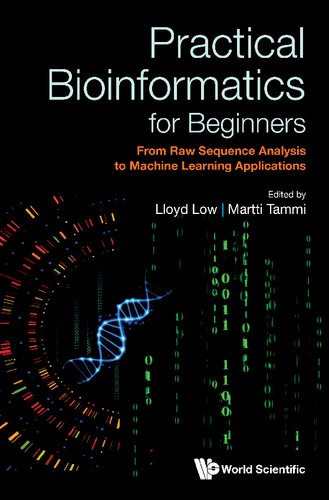

Most ebook files are in PDF format, so you can easily read them using various software such as Foxit Reader or directly on the Google Chrome browser.
Some ebook files are released by publishers in other formats such as .awz, .mobi, .epub, .fb2, etc. You may need to install specific software to read these formats on mobile/PC, such as Calibre.
Please read the tutorial at this link: https://ebookbell.com/faq
We offer FREE conversion to the popular formats you request; however, this may take some time. Therefore, right after payment, please email us, and we will try to provide the service as quickly as possible.
For some exceptional file formats or broken links (if any), please refrain from opening any disputes. Instead, email us first, and we will try to assist within a maximum of 6 hours.
EbookBell Team

4.1
90 reviewsNext-Generation Sequencing (NGS) is increasingly common and has applications in various fields such as clinical diagnosis, animal and plant breeding, and conservation of species. This incredible tool has become cost-effective. However, it generates a deluge of sequence data that requires efficient analysis. The highly sought-after skills in computational and statistical analyses include machine learning and, are essential for successful research within a wide range of specializations, such as identifying causes of cancer, vaccine design, new antibiotics, drug development, personalized medicine, and increased crop yields in agriculture.
This invaluable book provides step-by-step guides to complex topics that make it easy for readers to perform specific analyses, from raw sequenced data to answer important biological questions using machine learning methods. It is an excellent hands-on material for lecturers who conduct courses in bioinformatics and as reference material for professionals. The chapters are standalone recipes making them suitable for readers who wish to self-learn selected topics. Readers gain the essential skills necessary to work on sequenced data from NGS platforms; hence, making themselves more attractive to employers who need skilled bioinformaticians.
Readership: It is an excellent hands-on material for teachers and lecturers who conduct courses in bioinformatics and as a reference material for professionals. The chapters are written to be standalone recipes making it suitable for students who wish to self-learn selected topics such as how to apply machine learning to study genomic features. It is a necessary companion for undergraduates, graduate students, researchers and anyone interested in the exponentially growing field of bioinformatics.